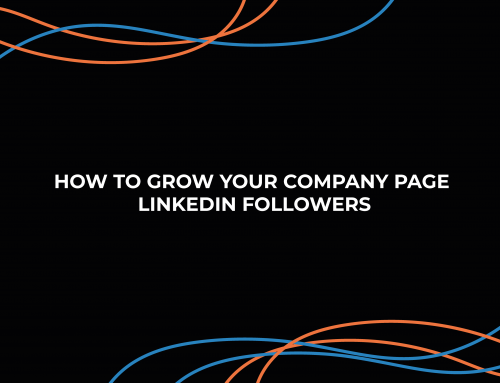LinkedIn has made many changes to its algorithm in recent years, aiming to improve the relevance and quality of content on its feed, and there has been a new change lately.
With a substantial increase in user activity, LinkedIn’s algorithm now favours creators to help create a more informative and valuable experience, with a mission to make its feed more relevant, informative, and conducive to professional growth. The company aimed to reduce irrelevant content on users’ feeds, and two significant changes have been implemented to achieve these objectives.
1. Improving the visibility of posts for followers
LinkedIn acknowledges that users find value in content grounded in knowledge and advice, particularly when it comes from individuals they know and care about. Consequently, LinkedIn has witnessed a 10% increase in users viewing posts from people they follow. By prioritising such content, the platform enables users to engage with posts from their connections more frequently, ensuring they do not miss valuable insights and updates.
2. Prioritising posts that offer thought leadership
LinkedIn’s algorithm now assesses whether a post contains valuable knowledge and advice, subsequently displaying it to users who are likely to find the information relevant and useful. The goal is to empower members to be more productive and successful, as stated by LinkedIn’s representatives. Since the implementation of this change, LinkedIn has observed an impressive 40% increase in users exploring content that provides knowledge from professionals outside their network.
How does LinkedIn identify key content?
But how does LinkedIn identify genuine knowledge and advice in posts? While the platform hasn’t disclosed all the metrics it uses, a few key indicators have been highlighted. First, LinkedIn considers the distinct audience to which a post speaks. By understanding the relevance of content to a specific group of individuals, the platform can target the right audience for each post, ensuring that the information reaches those who will find it most beneficial.
Moreover, LinkedIn evaluates the author’s expertise in their core subject area. Leveraging users’ professional profiles, the platform assesses their authority in the subject matter of their posts. This ensures that content is not only valuable but also trustworthy, as the platform filters out posts from individuals lacking the requisite knowledge and experience.
Additionally, the algorithm takes into account the presence of meaningful comments on a post. Unlike the previous approach of amplifying posts with numerous comments, LinkedIn now values thoughtful and engaging interactions. Empty comments such as “great!” or “so true!” are not given as much weight as comments that demonstrate a genuine response to the content. LinkedIn also considers the quality of the commenters, taking note of whether they belong to a specific group or community related to the post’s subject matter.
A unique aspect of LinkedIn’s algorithm is its appreciation for posts that offer a perspective. The platform employs artificial intelligence to categorise posts based on factors such as opinions and advice. It rewards posts that provide insights and unique viewpoints rather than generic information. By encouraging creators to infuse their personality and creativity into their posts, LinkedIn aims to foster more engaging and relevant content that resonates with the target audience.
Final Round-Up
LinkedIn’s ultimate goal is to help users reach the right people rather than focusing solely on obtaining high numbers of likes and followers. The platform emphasises the importance of relevance and targeting the intended audience. Rather than pursuing viral content, LinkedIn encourages users to approach the platform as a digital extension of the workplace, where conversations and content are tailored to specific teams and communities. By mirroring the dynamics of professional interactions, LinkedIn seeks to provide a more meaningful and valuable networking experience.





